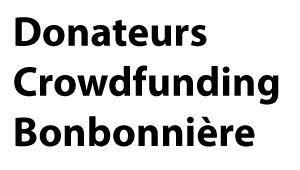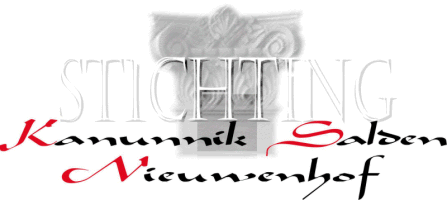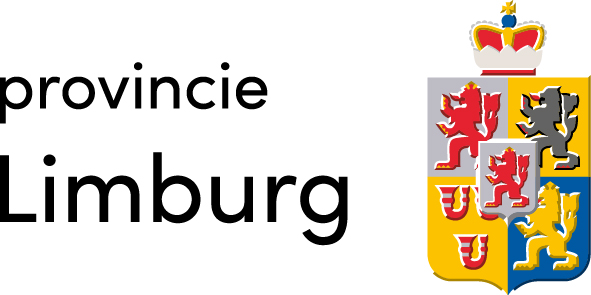THE GRAND CAFÉ
Just as the Nierstrasz family formed a dynasty in Maastricht's theatre world as directors of the city theatre, the Zeguers family had been connected to the 'coffijhuys' or the 'Café du Théâtre' since the early nineteenth century. To circumvent Napoleonic legal regulations, innkeeper Zeguers had already established a ‘Société des Redoutes’ in 1806. He paid 10% of the revenues and could freely organize balls, redoutes and dinners. Around 1880 the theatre café was renovated in the nineteenth-century neo-Renaissance style. That bourgeois belle époque atmosphere has in fact been preserved in the café to this very day.
After its conversion into the Bonbonnière in 1879 the café and the two redoute halls turned out to be difficult to run, because the then-innkeeper Jacques Zeguers operated a new café near the theatre and hosted most of the balls, suppers and festive evenings in his new establishment, much to the dismay of innkeeper Hendrik Slootmaeckers, who had leased the theatre café since 1885.
In the 1920s the redoute hall was used as a coffee room until 1928 and the former café was repurposed as a cloakroom. Nevertheless, it remained the Zeguers family who continued to provide cateringservices in the Bonbonnière, as well as for the popular redoutes, balls, and suppers held by various city societies (such as Momus).
From 1979 onwards the theatre café hosted a number of small-scale -and free- late-night performances aimed at a younger audience for several years.
The name of ‘coffijhuyshouder’ Zeguers was a household name in nineteenth-century Maastricht. The Zeguers family name was not only tied to the theatre café, but also to the 'coffijhuys' or 'restauratie' in the city park. That establishment featured a leafy terrace overlooking a bandstand, where nearly every summer Sunday afternoon musical performers would play. One of the Zeguers descendants, Willem Zeguers, managed this venue in the city park for many years alongside the theatre café. His name clearly stood for musical entertainment, as people commonly referred to it as ‘a concert at Zeguers’ or ‘a concert in the English Garden at Zeguers’. After World War II up into the 1950s dance parties were also held in the park on Sunday afternoons near the bandstand. ‘Dancing at Zeguers in the park’… all of Maastricht’s youth could be found there at what was in effect a disguised marriage market!












